There is no doubt that I am institutionalised having worked at the same place for nine years. I understand the rituals of my office and how to do them well. The pattern of answering e-mails and going to meetings is familiar to me, and in that there lies a comfort which it is easy for me now to feel nostalgic about.
I have yet to establish how to properly sustain my practice. I don't feel that I properly own the title 'artist', even though I have been practicing and exhibiting a few times a year since I graduated. I have been reading Richard Sennett's Together: The Rituals, Pleasures & Politics of Cooperation which diffusely discusses the ways we interact with others, arguing for more of our sociable selves. In this context, it is funny - in the sense of odd - that I have chosen to leave behind my ties of home, friends, family and to try to learn by myself a new way to be. Choosing change to be a largely solitary pursuit, I have disassociated myself from my frames of reference.
I know that I am happiest when I am doing, creating, executing a plan I can measure my progress against. I feel that this may lead me to making pieces before I have fully thought through the underlying ideas. I have tried to do things differently this time but it has left me in an uncomfortable position with little concrete to show. I have spent the past few weeks reading and exploring, open to the thoughts these activities have generated. I have experimented with dyes made from golden rod flowers, acorns and elderberries, of which the last was definitely the most successful. This has been enjoyable and I am slowly developing my concentration span, shortened through open plan office working and instant communication. But learning the new habits of being an artist will mean trial, analysis, repetition or rejection, and most of all time. A pattern familiar from my practice, but now one that I need to apply more broadly.
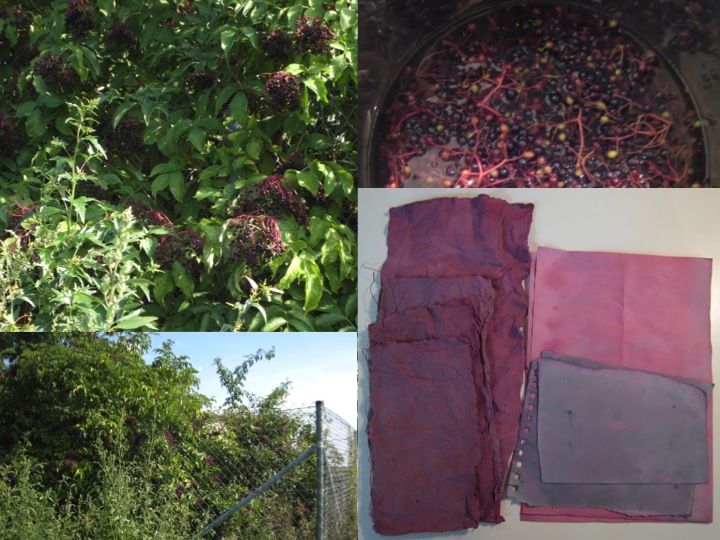
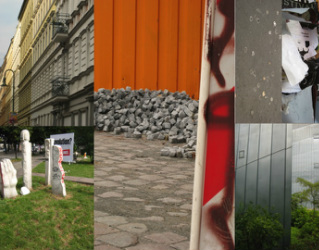
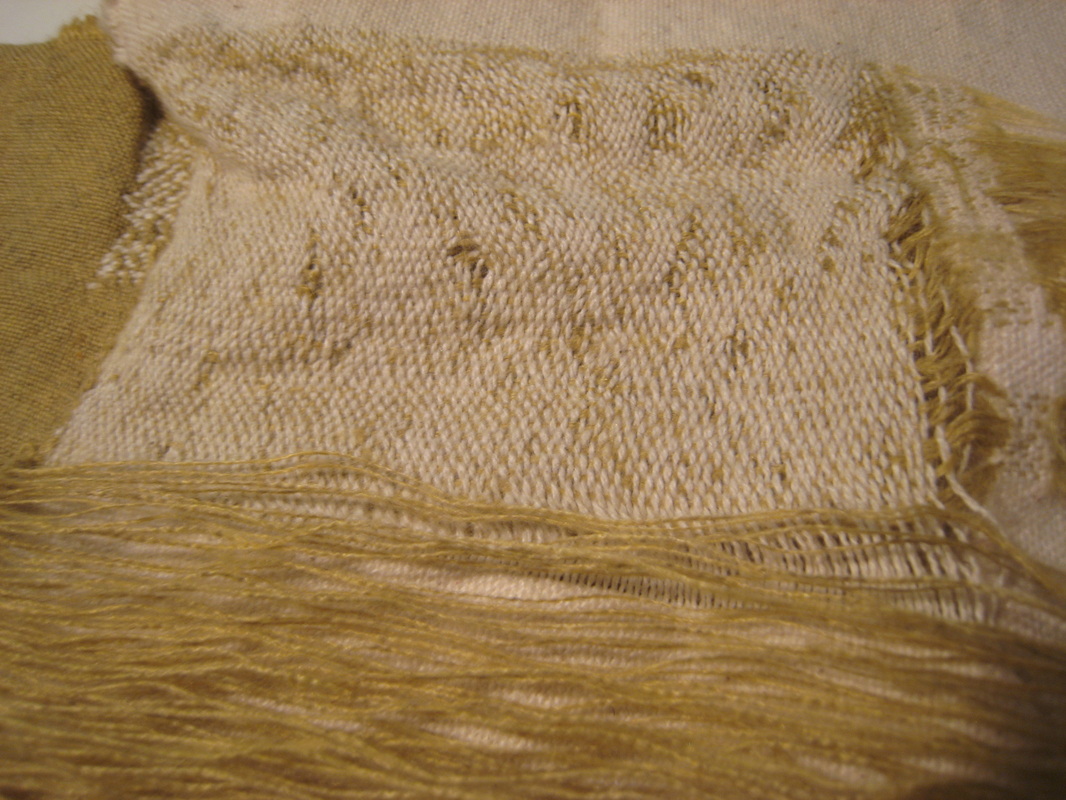
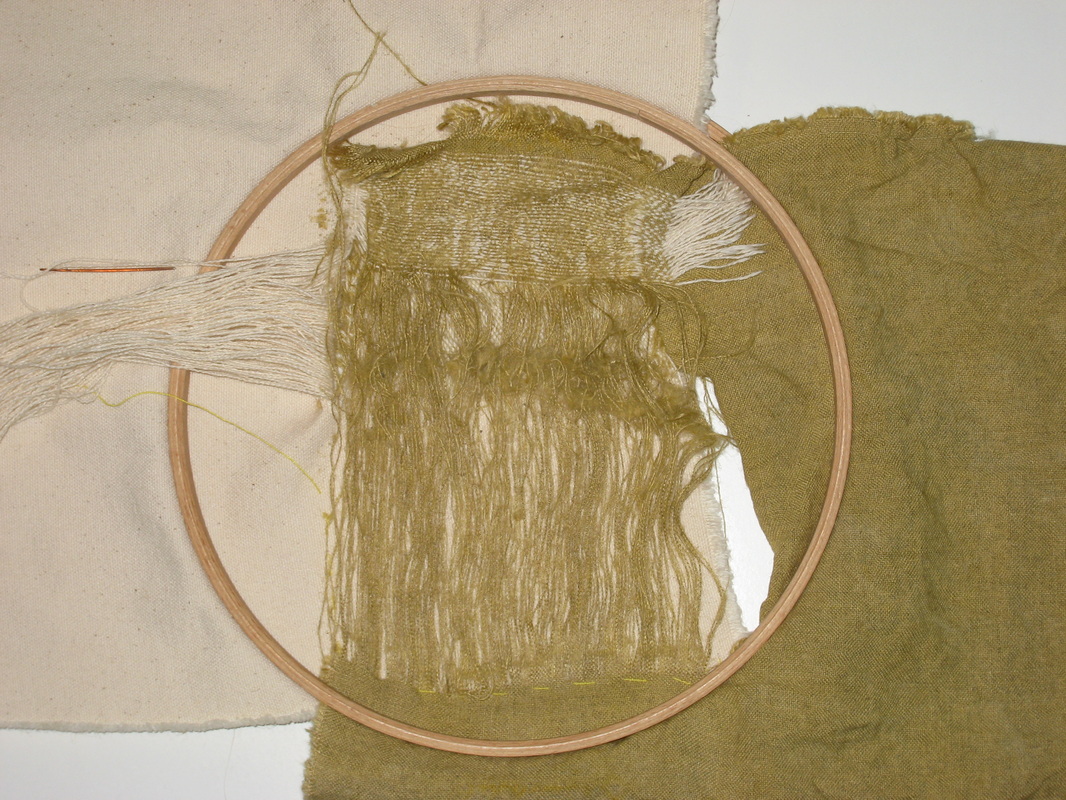
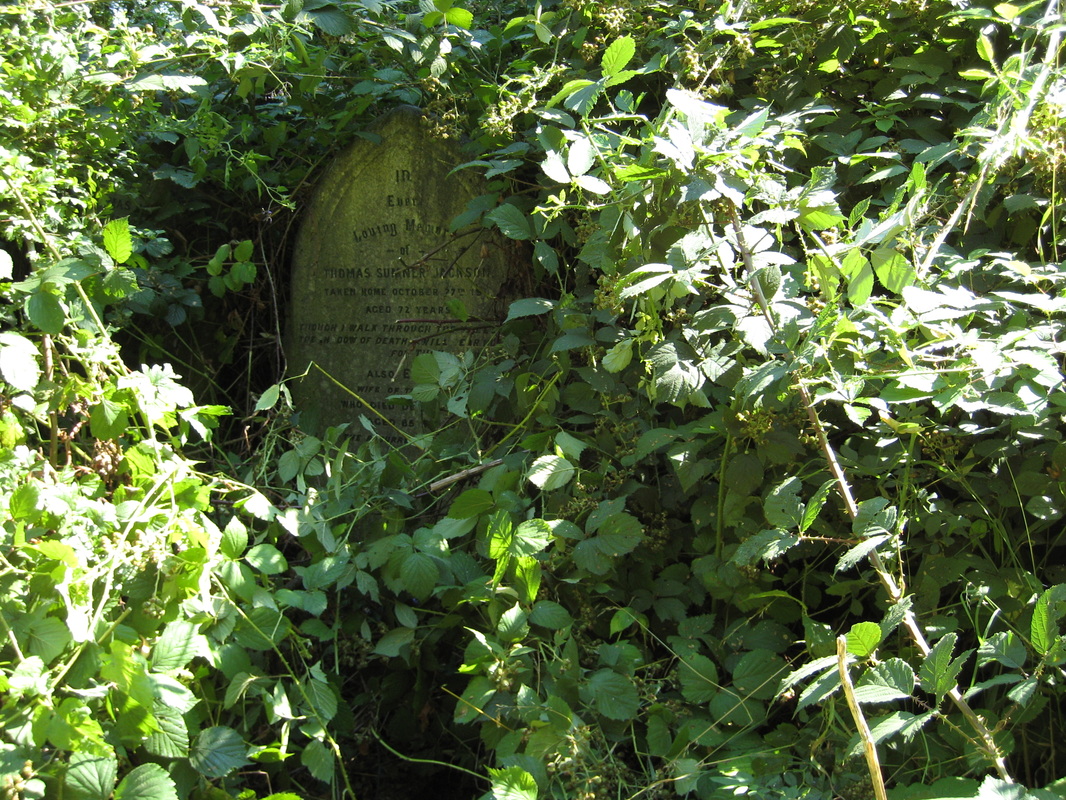
 RSS Feed
RSS Feed
